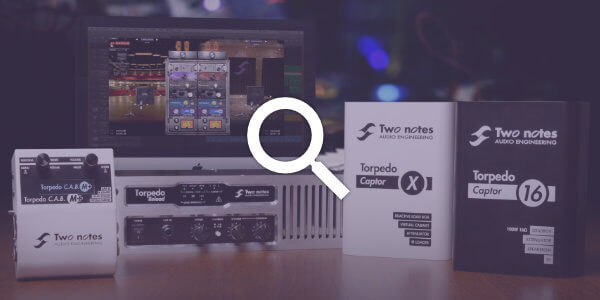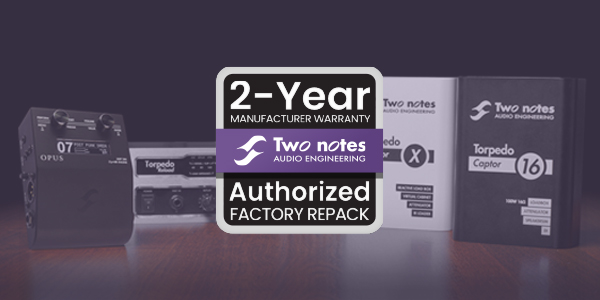Some attenuators are resistive, others are reactive, but most of them are passive.
Passive means that the attenuator’s electronics does not require a power supply.
Resistive means that the power out of your amplifier is tamed by the presence of one or several resistors along the signal path. The load impedance plays a huge role on the sound, and a resistive attenuator will make the tone somewhat darker, with losses in the high and low frequencies.
Reactive means that reactive elements (transformers, coils and/or capacitors) are used instead of resistors. With this technology, the damping factor will decrease with the level of attenuation. Some of the time, a reactive attenuator means losses in character and fidelity, “muddy” sound and other unwanted effects.
Another downside of passive resistive/reactive attenuator is the way the listening level is controlled, usually by some stepped potentiometer, which does not allow for precise volume setting, and limits you to a set of fixed attenuations.
RE-ACT™ stands for “Reactive-Active Attenuator”, which means it uses a reactive load and active overall schematics. In effect, the RE-ACT™ can be described as the conjunction of two elements :
-
a reactive load-box inherited from the critically acclaimed Torpedo series, followed by
-
an ultra-low-distortion, wideband, low-noise solid-state amplifier based on a widely used HiFi architecture.
The role of this system is to present a speaker-like impedance to your amplifier, get rid of the power, then re-amplify it to the desired volume. This design offers a number of advantages over resistive/passive ones:
-
the amp is always connected to a fixed impedance, which is as close as possible to a real speaker impedance;
-
as the impedance does not change with the attenuation, the tone of your amp stays the same;
-
the volume you hear in the room can be set continuously, you get REAL master-volume control (SPEAKER parameter), after your amplifier’s master volume;
-
the speaker-output impedance of your amplifier is independent from the speaker impedance of the actual speaker cabinet you plug on the Torpedo Reload. This opens up a great many fun possibilities of cabinet mixing.





Right here is the right website for anyone who wants to understand this topic.
You understand a whole lot its almost hard to argue with you (not that
I really will need to…HaHa). You certainly put a brand new spin on a subject that’s been written about for years.
Great stuff, just wonderful!
Good post. I am dealing with a few of these issues as well..
Hi Richard, thanks for reaching out – if there is anything we can help you with, please dont hesitate to let us know and we will do our best to assist you!
Valuable info. Fortunate me I discovered your site unintentionally, and I am shocked why this accident didn’t happened in advance!
I bookmarked it.
Great work! Let us know if there is anything we can help you with!